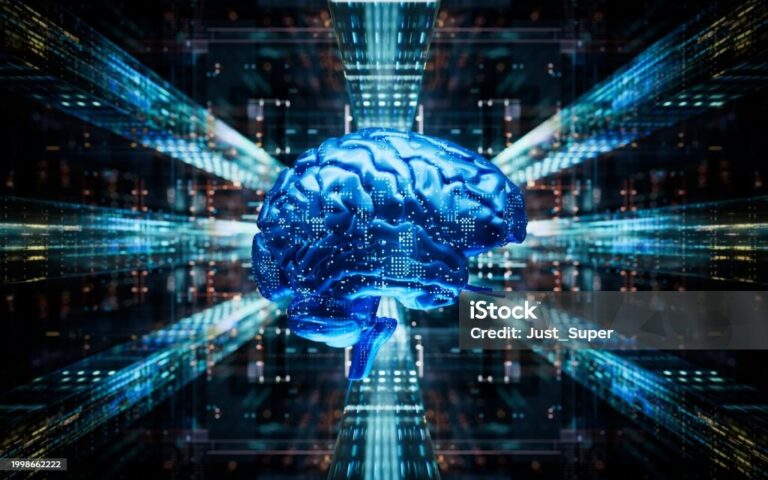
Understanding Artificial General Intelligence
Artificial General Intelligence (AGI) refers to the hypothetical ability of a machine to understand, learn, and apply intelligence across a wide range of tasks, much like a human being. Unlike narrow AI, which is designed to perform specific tasks (such as language translation or playing chess), AGI possesses the capability to reason, solve problems, and adapt to new situations without human intervention. This post explores the concept of AGI, its potential implications, and the challenges associated with its development.

What is Artificial General Intelligence?
AGI is characterized by its versatility and adaptability. It aims to replicate the cognitive functions of human intelligence, allowing machines to perform any intellectual task that a human can do. This includes understanding natural language, recognizing patterns, making decisions, and even exhibiting emotional intelligence. The pursuit of AGI is often seen as the “ambitious elusive dream” of artificial intelligence research, as it promises to revolutionize industries and enhance human capabilities.

The Potential of AGI
The potential applications of AGI are vast and transformative. In healthcare, AGI could lead to breakthroughs in personalized medicine and diagnostics. In education, it could tailor learning experiences to individual students, enhancing their understanding and retention of knowledge. In the workforce, AGI could automate complex tasks, leading to increased efficiency and productivity. Furthermore, AGI could play a crucial role in addressing global challenges, such as climate change and poverty, by providing innovative solutions and insights.

Challenges in Developing AGI
Despite its promise, the development of AGI presents significant challenges. One of the primary concerns is ensuring safety and alignment with human values. As AGI systems become more autonomous, there is a risk that they may act in ways that are not aligned with human interests. Additionally, the ethical implications of creating machines with human-like intelligence raise questions about rights, responsibilities, and the potential for misuse.
Conclusion
Artificial General Intelligence holds the potential to reshape our world in profound ways. While the journey toward achieving AGI is far away and fraught with challenges, the rewards could be monumental. As we continue to explore this frontier, it is crucial to engage in thoughtful discussions about the ethical, societal, and technical implications of creating machines that possess human-like intelligence. The future of AGI is not just a technological challenge; it is a reflection of our values and aspirations as a society.

